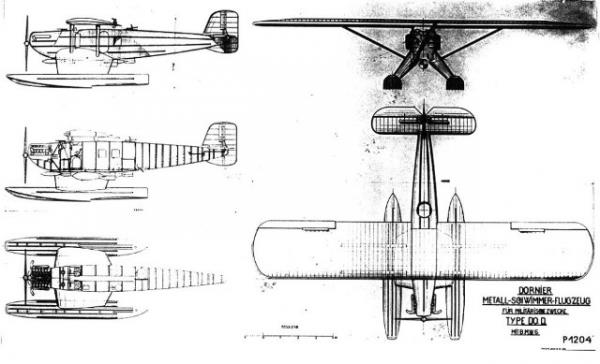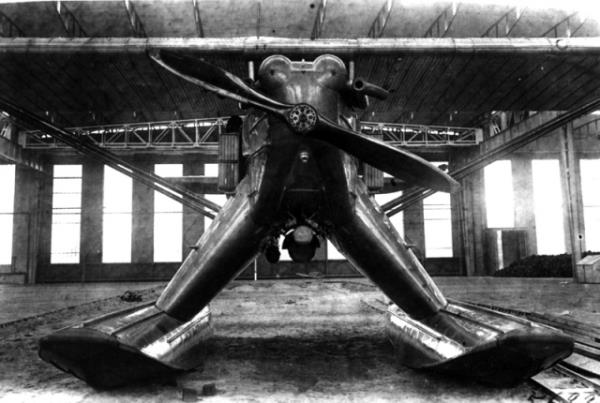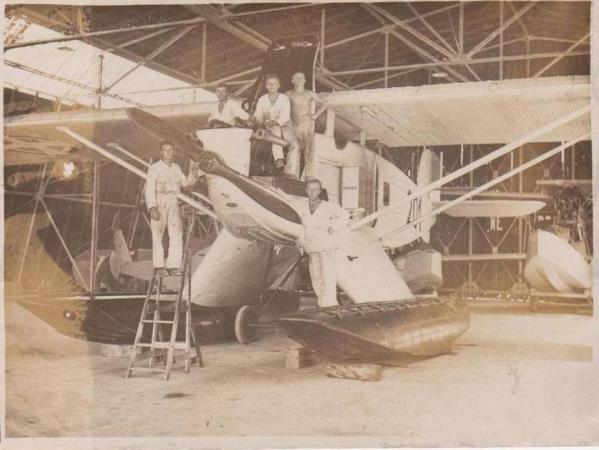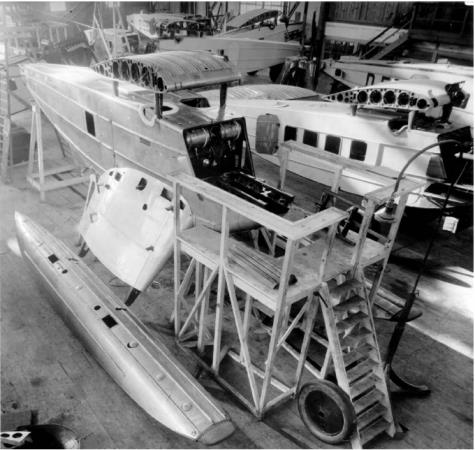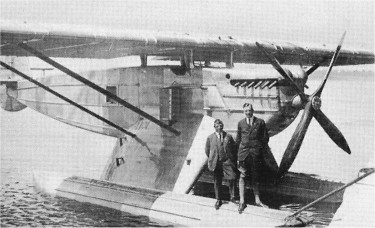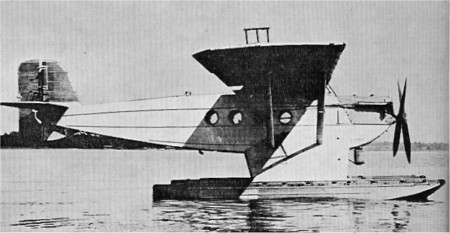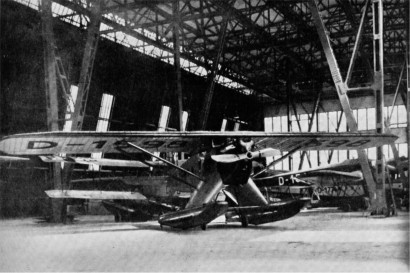| Type |
3-seat torpedo carrying floatplane (Prototype, Do D) |
3-seat torpedo and reconnaissance floatplane (Do D Bas) |
| Engine |
1 Rolls-Royce Eagle IX |
1 BMW VI 5,5 |
| Dimensions |
Length 13.45 m, height 5.0 m, span 19.6 m, wing area 62.0 m2 |
Length 13.45 m, height 5.0 m, span 19.6 m, wing area 62.4 m2 |
| Weights |
Empty 2000 kg, flying weight 3059 kg |
Empty 2600 kg, flying weight 3900 kg |
| Performance |
Max. speed 182 km/h, rnge 370 km, service ceiling 3500 m |
Max. speed 195 km/h, climb to 3000 m 36 min., cruising speed 170 km/h, landing speed 92 km/h, range 1000 km, service ceiling 3600 m |
| Armament |
|
1 MG in the nose, fixed and 1 MG in a dorsal position, 1 45-cm torpedo |
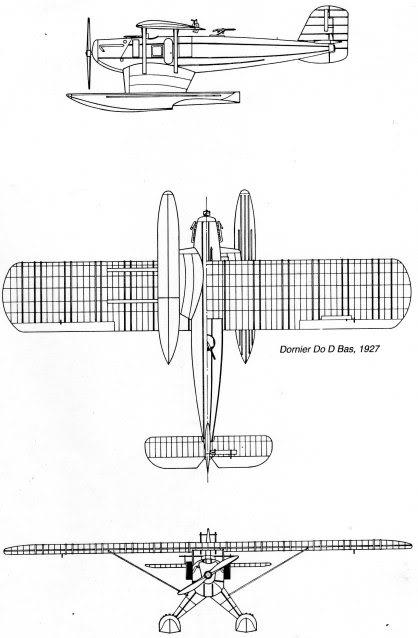
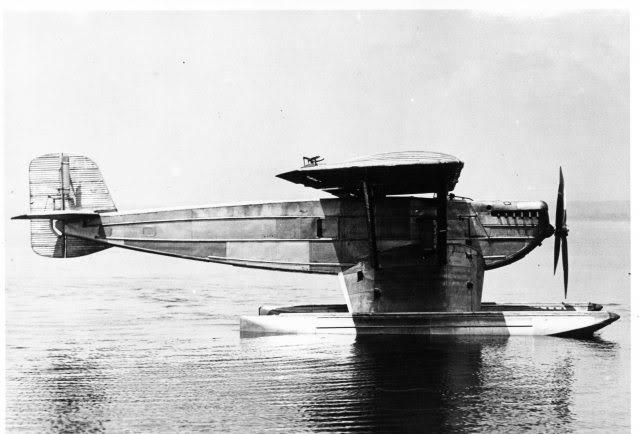

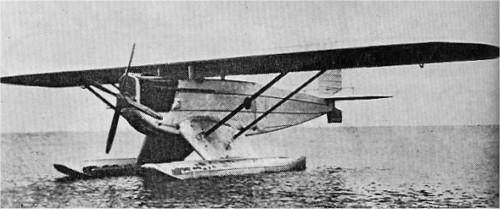

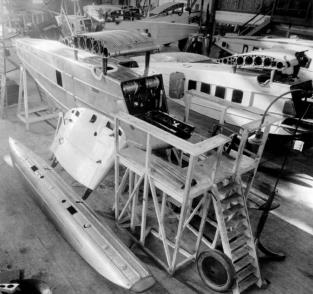
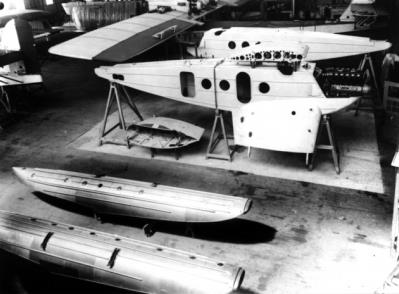
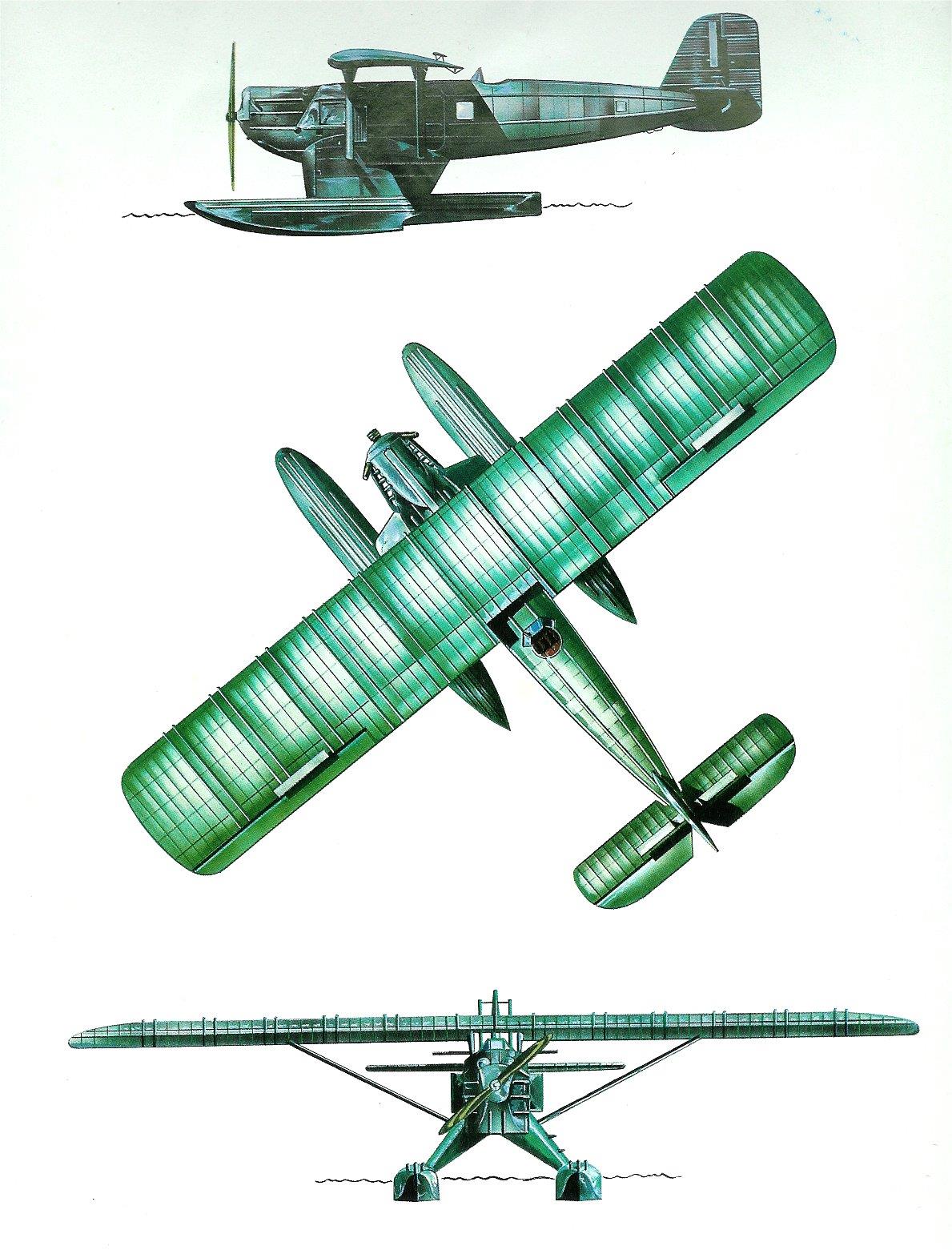
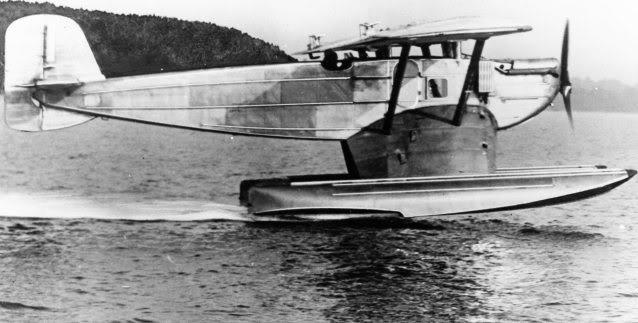
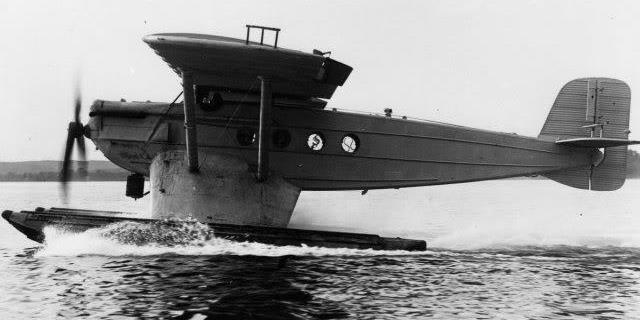

The company is Dornije 1921. was launched the plane Dornije Komet who managed to impose itself in the civilian passenger transport so that in a short time held several air lines in Europe . The plane was refined after the Comet III, 1925. , the constructed new liner labels Mercury, who flew 10 02 in 1925. was. They then followed the new changes, which was designated Mercury II. The difference between the two aircraft was that it was a Mercury 600 hp BMW engine without gear and Mercury II had 500 hp BMW engine with gear. Both aircraft were able to carry six to eight passengers and the two crew members.
During 1924 . year, an engineer and founder of the factory Dornije, Dr. engineer. Kloud Dornije , we get a call from Japan to construct a new torpedo plane that would, in the two versions of the land (with wheels) and naval (with floats), produced in a factory Kawasaki in Kobe . To shorten the time required for the design of new aircraft Dornije used the plans aircraft family Komet and Merkur, so the prototypes, motor-driven Rolls-Royce Eagle IX 360KS, were ready for trial, but in October of the same year. A prototype land torpedo bomber was labeled Do C , while the prototype seaplane was labeled to d . The following year the prototypes participate in the examination of the Japanese Navy, and despite being only able to meet very strict requirements, the company Kawasaki does not get the contract.
A similar plane, with increased engine (BMW VI 5.5 power 500HP) is offered Yugoslav naval aviation commissioned 24 aircraft Dornije Do-D.
A total of 29 of the aircraft 24 for Yugoslavia , one in Japan , 3 for Lufthansa , and one was destroyed during testing
It had a crew of 4 members. Fuselage was rectangular cross section which is tapered towards the tail, and the inside was reinforced ribs and lining was made of flat aluminum sheet (reinforced with longitudinal stiffeners). For parts which have suffered the highest loaded steel is used while other parts were made of aluminum. To prevent corrosion, used a new type of high alloy steel, while the aluminum parts get a coating of varnish. On the left side there are door to the fuselage on both sides of the fuselage was in one window. The inside of the hull was unequipped, set up only two seats to accommodate a mechanic and radio operator. Cockpit pilots were housed in open cubicles, which were located next to each other on the upper side of the fuselage under the wings. Pilot visibility was severely limited by a wing, floats and engines. Behind the pilots also open cockpit to the tail was placed observer-shooter who was armed with two-pipe floating Darne machine gun caliber 7,7 mm. On the underside of the tail fuselage is also an opening through which he could bulge gun to protect the lower rear sphere plane. Open up to pilot and cabin surveillance is coming through the fuselage.
Twelve cylinder water-cooled engine (BMW VI power 500/600KS) In the schedule was postaljvljen in the nose of the aircraft, which was attached to a two-pronged or Four-Way wooden fixed-pitch propeller. Coolers square shape were located on both sides of the aircraft below the wing.
The wings are rectangular in shape with rounded ends, aluminum support structure coated corrugated aluminum sheeting. Wing has strong ties (canopy) was attached to the hull and each side had a couple struts which relied on the legs of floats. The wings were large areas which ensured stability in flight and good planning (flight without engine).
Floats were also made of duralumin with bulkheads and holes on the surface for inspection and pumping water. Carriers floats were lined duraluminijumskim sheet so that the crew of the aircraft, aircraft popularly called the "pants" in these coatings were placed additional fuel capacity of 185 liters.
Planes Dornije to D , which was bought by Lufthansa were used for training and exercise seaplane pilots even though the planes were intended primarily for military use. Lufthansa is the time expanded network of lines that were involved and overseas lines that have been used by large seaplanes brand Dornije. Application of these aircraft for pilot training and exercise was certainly economic reasons .
Faced with the high cost of building the Navy and the period of time that is required for it, and at the same time the necessity of coastal protection because Italy was not exactly peaceful neighbors, had to be in Yugoslavia hastily to do something. It was decided to go to the strengthening of maritime aviation as a cheaper way of defense. The fact was, that by this time within the PV had only seaplanes that could have bombed, but no opponent torpedo boats. Therefore, the MVM (Department of the Army and Navy), 1926 year, ordered 10 aircraft Dornije type to D , and one Do Wal , who arrived the same year. From prototype differed according to the new stronger engine BMW VI with 600 HP. In the PV spacecraft obtained the numbers from 201 to 210 The first two aircraft were flown from Friedrichshafen to Kumble and others came by rail in parts and are assembled in the marine workshop. From the received and assembled aircraft was immediately formed an operating unit 20 hidroeskadrila for torpedovanje. These seaplanes used torpedo caliber of 530 mm, a Yugoslav navy had only torpedoes which were inherited from the Austro-Hungarian 1921st The caliber 450 mm. In order to perform tests and tactical technical training of crews, the torpedoes borrowed from the French, and during the spring and summer in 1927. The first tests were carried out. Torpedo results were not satisfactory because the torpedo was too heavy for the plane so it needed a lot of time to that burden achieve optimal height for launching torpedoes. So the second series of the aircraft delivered in 1929. she was not capable to be used with a torpedo that. were classic bomber-reconnaissance.
In addition, at the beginning of the service of these aircraft have proven to be some very serious shortcomings. In fact, despite a robust looks, the landing gear was very sensitive to hard and landing a little stronger sea and floats are leaked. In addition, our fliers have complained and the poor engine, poor maneuverability of military aircraft, for which the aircraft had a relatively long run-up loaded with ordnance. That these criticisms were justified, and is proof that the ordering of the second series ( 1929. ), the 5 seaplanes of this type had been destroyed in various accidents (mainly due to fracture of the landing gear).
These aircraft in the Yugoslav naval aviation served until summer 1939. , when they were withdrawn from service. In addition to combat the use of these aircraft are used for aero-capture and the rescue activities.
